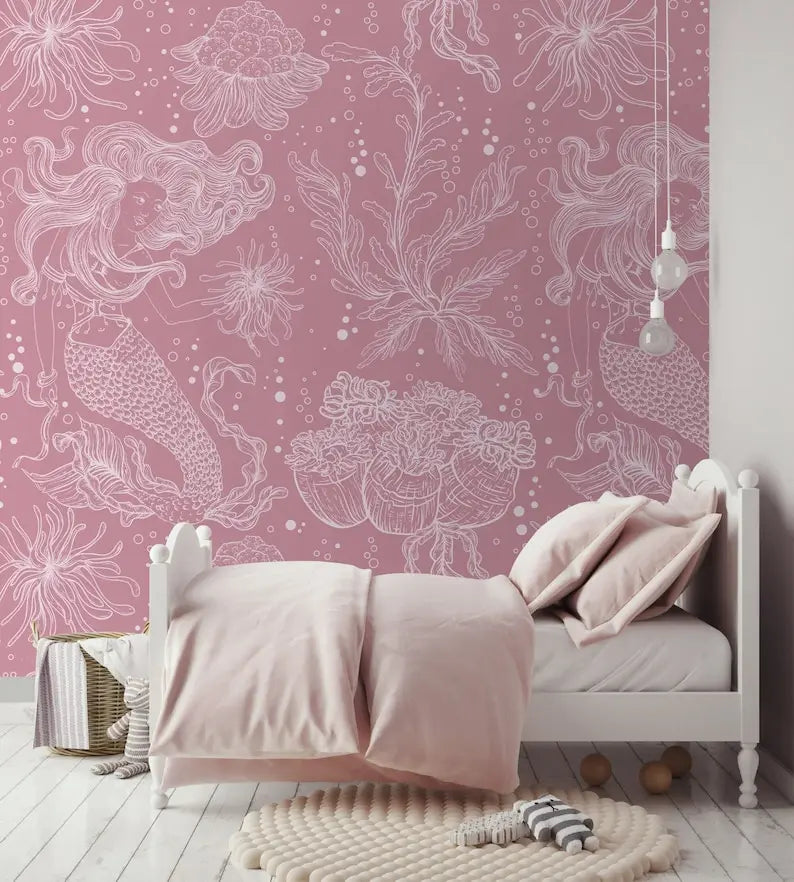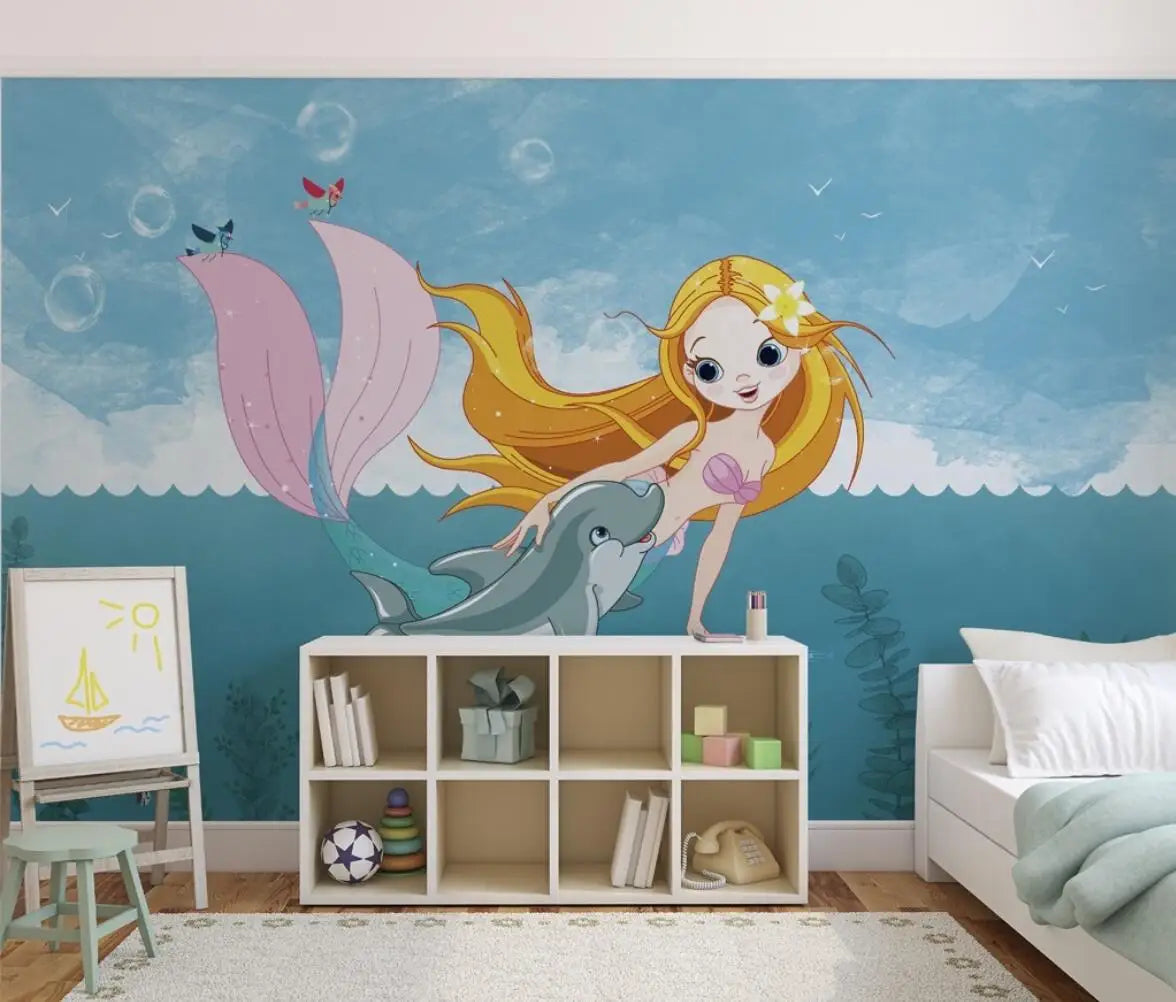How To Remove Peel And Stick Wallpaper
How to Remove Peel and Stick Wallpaper: A Step-by-Step Guide
Peel and stick wallpaper is a popular option for those looking to add a touch of style and personality to their living space. However, when the time comes to remove it, it can be a daunting task. In this guide, we will walk you through the step-by-step process of how to remove peel and stick wallpaper, so you can easily transform your room without any hassle.
Preparing Your Space
Before you begin removing the peel and stick wallpaper, it is important to prepare your space properly. Start by removing any furniture or decorations that may get in your way. This will make it easier for you to access the walls and ensure that you have enough space to work.
Next, gather all the necessary tools that you will need for the wallpaper removal process. This includes a putty knife or scraper, warm water, a sponge or spray bottle, and a step ladder if needed. Having these tools readily available will save you time and make the removal process smoother.
Step 1: Test a Small Area
Before you start removing the entire peel and stick wallpaper, it is recommended to test a small area first. This will help you determine the best method and ensure that the wall surface is not damaged. Choose a hidden or inconspicuous area, such as behind a piece of furniture, and peel off a small corner of the wallpaper.
If the wallpaper peels off easily without leaving any residue or damaging the wall, you can proceed with the same method for the rest of the walls. However, if it does not come off easily or leaves behind residue, you may need to try a different approach.
Step 2: Removing the Wallpaper
Once you have determined the best method for removing the peel and stick wallpaper, you can start tackling the rest of the walls. Here are two common methods that you can try:
Method 1: Using Warm Water: Start by peeling off a corner of the wallpaper. Then, using a sponge or spray bottle, dampen the exposed area with warm water. Allow the water to soak into the wallpaper for a few minutes. Once the wallpaper is saturated, carefully start peeling it off from the corner using a putty knife or scraper. Work slowly and gently to avoid damaging the wall surface.
Method 2: Applying Heat: In some cases, using heat can make the removal process easier. You can use a hairdryer or a heat gun to warm up the wallpaper, which will loosen the adhesive and make it easier to peel off. Keep the heat source at a safe distance from the wallpaper to avoid damaging the wall. Once the wallpaper is heated, gently peel it off using a putty knife or scraper.
Repeat the above steps for the rest of the walls until all the peel and stick wallpaper is removed. Take your time and be patient, as rushing the process can result in damage to the wall surface.
Cleaning Up
After removing the peel and stick wallpaper, you may be left with some adhesive residue on the walls. Here's how you can clean it up:
Step 1: Prepare a Cleaning Solution
In a bucket, mix warm water with a small amount of dish soap or a mild detergent. Stir the solution gently to create a soapy mixture. Alternatively, you can also use a commercial adhesive remover.
Step 2: Apply the Cleaning Solution
Using a sponge or a clean cloth, dip it into the cleaning solution and gently rub it onto the adhesive residue. Allow the solution to sit on the residue for a few minutes to soften it.
Step 3: Remove the Adhesive Residue
After the cleaning solution has had time to work, use a scrub brush or a non-abrasive sponge to gently scrub the adhesive residue. Start from the top of the wall and work your way down, using circular motions. Rinse the sponge or cloth frequently and reapply the cleaning solution as needed.
Continue scrubbing until all the adhesive residue is removed. Take your time and be gentle, especially if you have painted walls, to avoid causing any damage.
Finishing Touches
Once you have removed the peel and stick wallpaper and cleaned up the adhesive residue, your walls should be ready for a fresh new look. Before applying any new wallpaper or paint, make sure the walls are completely dry and free from dust or debris.
If there are any imperfections or damaged areas on the wall surface, you may need to patch them up with spackle or joint compound and sand them smooth. This will ensure a clean and even surface for your new wallpaper or paint.
Remember:
Removing peel and stick wallpaper may require some time and effort, but with the right tools and approach, it can be a manageable task. Take your time, follow the steps outlined in this guide, and soon you'll have a fresh canvas for your next home décor project. Happy decorating!











